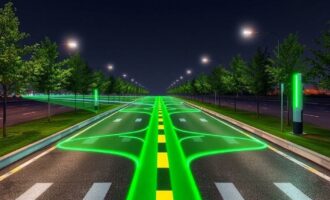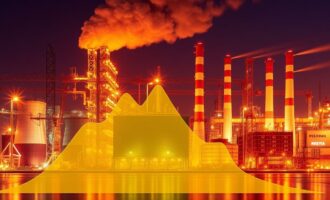- Understanding Demand Response Systems
- How Demand Response Systems Work
- Types of Demand Response Programs
- The Role of Technology in Demand Response
- Benefits of Demand Response Systems
- Challenges and Considerations
- Demand Response and Renewable Energy Integration
- Future Trends in Demand Response Systems
- How to Get Involved in Demand Response Programs
- Conclusion
Understanding Demand Response Systems
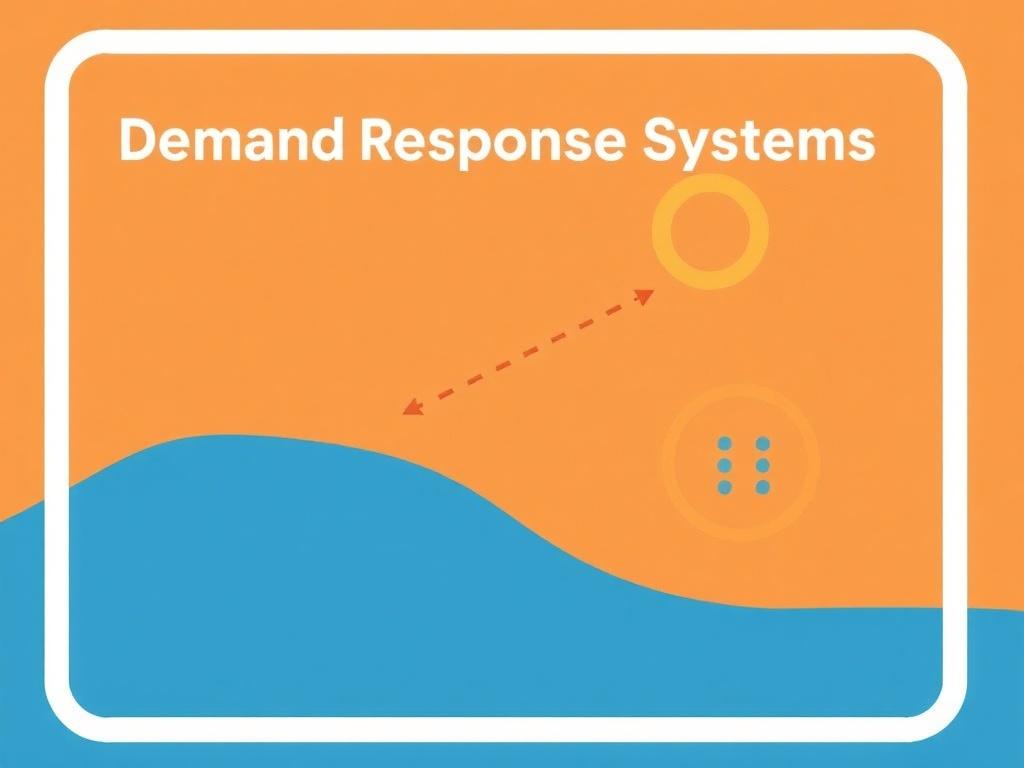
Demand response systems are transforming the way we manage electricity supply and consumption, offering a smarter, more efficient approach to balancing energy needs and availability. At their core, demand response systems aim to reduce the strain on the electrical grid during peak times by encouraging consumers to adjust their energy use. Imagine it as a digital handshake between utility providers and consumers, where both parties work together to avoid blackouts, reduce costs, and improve overall grid reliability. With rising energy demands and the increasing integration of renewable energy sources, demand response has become a pivotal component of modern energy management.
The concept of demand response isn’t entirely new—it has been evolving over decades—but today’s technological advancements have empowered these systems to operate more dynamically and effectively. By leveraging smart meters, real-time data analytics, and automated controls, demand response allows utilities to communicate with end-users instantaneously. This seamless interaction helps manage supply and need without compromising comfort or productivity. For example, a demand response system might temporarily lower air conditioning setpoints in commercial buildings during hot afternoons or encourage residential consumers to delay running heavy appliances until later in the evening.
How Demand Response Systems Work
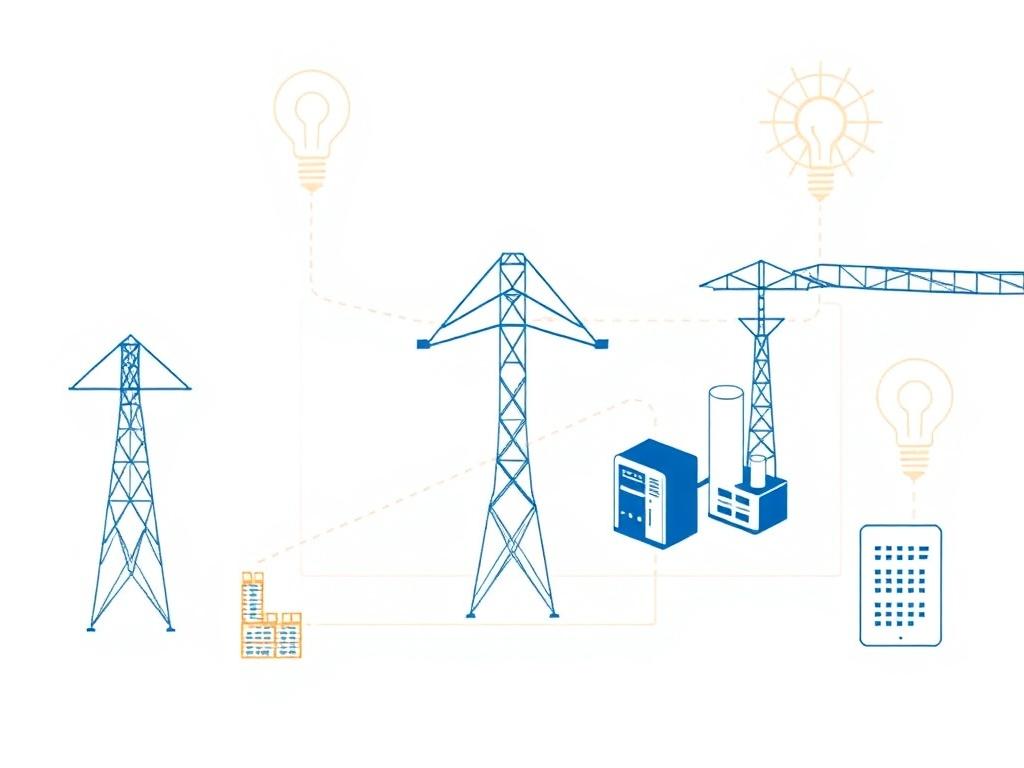
To grasp how demand response systems balance supply and need, it’s essential to understand their operational framework. These systems generally involve three key players: energy providers, consumers, and the technology that bridges them. When demand on the grid spikes due to extreme weather or other factors, utilities send out signals requesting a reduction in electricity consumption. Consumers who participate in demand response programs respond either manually or automatically, cutting back their usage or shifting it to off-peak times.
This process can be broken down into several steps:
- Detection of peak demand or grid stress by the utility company.
- Sending signals or incentives to consumers to reduce or shift energy use.
- Consumers respond by adjusting consumption behaviors, either automatically through connected devices or manually.
- Energy demand lowers, easing the strain on the grid and allowing for better supply management.
Smart appliances and home energy management systems play an increasingly vital role in automating these responses, ensuring timely and efficient actions. Moreover, demand response isn’t just about reducing consumption—it’s about flexibility. Shifting energy use to off-peak periods helps flatten demand peaks, making better use of existing infrastructure and integrating renewable energy sources more successfully.
Types of Demand Response Programs
Demand response systems come in various flavors, each designed to suit different consumer types and grid requirements. Generally, there are two main categories: incentive-based and price-based programs. Let’s explore these in more detail:
| Type | Description | Example |
|---|---|---|
| Incentive-Based Demand Response | Consumers receive payments or bill credits for reducing usage during peak events based on pre-arranged agreements. | Direct Load Control, where utilities remotely adjust appliances in homes or businesses. |
| Price-Based Demand Response | Consumers face variable electricity pricing designed to encourage off-peak usage, such as time-of-use rates or critical peak pricing. | Dynamic pricing where electricity costs more during peak hours and less when demand is low. |
Both programs aim to align supply and need but approach this goal differently. Incentive-based programs rely on active participation and sometimes direct control, while price-based systems use economic signals to influence consumer behavior. The choice between these programs depends on consumer preferences, grid demands, and regulatory environments.
The Role of Technology in Demand Response
The effectiveness of demand response systems hinges heavily on cutting-edge technology. Over the past decade, innovations like smart meters, Internet of Things (IoT) devices, and advanced communication networks have revolutionized how demand response operates.
Smart meters serve as the backbone by providing real-time consumption data to both utilities and consumers. This transparency helps consumers understand their usage patterns and adjust accordingly. Furthermore, connected home devices, thermostats, water heaters, and even electric vehicles equipped with smart controls can respond instantly to demand response signals. This automation eliminates the need for manual intervention, making demand response a seamless part of everyday life.
Another technological cornerstone is data analytics powered by artificial intelligence and machine learning. Utilities analyze vast amounts of consumption data to predict peak demand events, customize consumer incentives, and optimize grid performance. This intelligence ensures demand response actions are targeted and effective, maximizing benefits for all stakeholders.
Benefits of Demand Response Systems
Demand response systems offer a wide array of benefits that extend beyond just balancing supply and need. For utilities, these systems reduce the risk of blackouts and lower the need for investing in expensive new infrastructure. By decreasing peak demand, utilities avoid the costs associated with “peaker” power plants, which are often the most polluting and expensive to operate.
For consumers, participation in demand response programs translates to potential bill savings and a more reliable energy supply. Those enrolled can take advantage of incentives, rebates, or lower prices by adjusting their energy use. Additionally, the environmental benefits are significant—demand response lowers greenhouse gas emissions by reducing reliance on fossil-fuel-based power plants during peak times and making better use of renewables.
Here’s a quick summary table of key benefits:
| Stakeholder | Benefits of Demand Response Systems |
|---|---|
| Utilities | Grid reliability, lower peak generation costs, deferred infrastructure investments. |
| Consumers | Lower electricity bills, incentives, increased control over energy use. |
| Environment | Reduced emissions, more efficient use of renewable energy sources. |
Challenges and Considerations
While demand response systems bring numerous advantages, they are not without challenges. One of the primary hurdles is consumer engagement. Not all consumers are willing or able to change their electricity usage due to varying lifestyles, work schedules, or lack of awareness. Utilities must invest in education and incentives to encourage participation.
Another barrier is the initial cost and complexity of deploying smart infrastructure. Installing smart meters and connected devices can be costly, and integrating these systems with existing grid infrastructure requires careful planning and investment. Data privacy concerns also arise as more usage data becomes available, necessitating strong protections to maintain consumer trust.
Furthermore, demand response needs to be carefully coordinated with renewable energy variability. While demand response can complement renewables by shifting load, unpredictable weather patterns require constant adaptation and sophisticated forecasting.
Demand Response and Renewable Energy Integration
As the world shifts toward cleaner energy, demand response systems play an essential role in integrating intermittent renewable sources such as solar and wind. These energy sources are variable—they don’t always produce power when demand is highest. By using demand response, grids can become more flexible, matching consumption patterns to periods of high renewable generation.
For example, during a sunny day when solar output peaks, demand response programs might encourage consumers to use energy-intensive appliances or charge electric vehicles. Conversely, when wind slows or clouds cover solar panels, demand response can help reduce demand to prevent grid instability.
This symbiotic relationship supports not just grid stability but also the broader goal of decarbonizing the electricity sector. By aligning supply and need in real time, demand response allows more renewable integration without costly battery storage or fossil fuel backup.
Future Trends in Demand Response Systems
Looking ahead, demand response systems are set to become even more sophisticated and widespread. The advent of smart cities, greater electrification of transportation, and advances in AI will significantly enhance demand response capabilities.
We can expect an increase in automated demand response where devices independently optimize energy use based on real-time prices and grid conditions. Blockchain technology might enable peer-to-peer energy trading, where consumers act as both producers and curtailers, participating dynamically in grid management.
Moreover, with growing awareness of climate change and the importance of sustainable energy use, regulatory frameworks will likely encourage or even mandate demand response participation. This shift could make demand response not just a voluntary program but a standard part of energy consumption.
How to Get Involved in Demand Response Programs
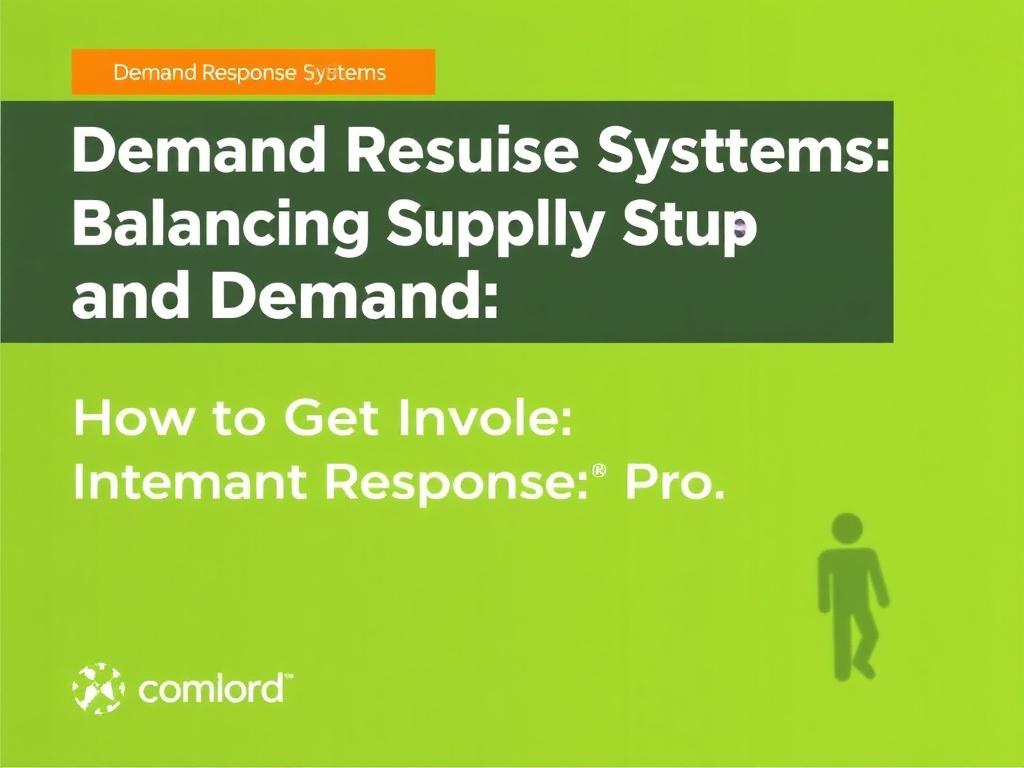
For consumers interested in participating in demand response programs, the process is typically straightforward but varies by region and utility company. Here are some general steps to get involved:
- Check with your local utility or energy provider to see if demand response programs are available.
- Sign up for eligible programs, which may include incentives or dynamic pricing schemes.
- Install any required smart devices or participate with existing compatible appliances.
- Monitor your energy use via apps or portals and respond to utility signals if manual intervention is needed.
- Enjoy potential savings and contribute to a more sustainable energy system.
For commercial consumers, demand response often involves contracts with more significant load reductions and sometimes customized automation systems. Residential customers typically have simpler options like smart thermostats and programmable devices.
Conclusion
Demand response systems represent a vital evolution in how we balance the delicate interplay between energy supply and consumer need. By encouraging flexible, intelligent use of electricity, these systems reduce stress on the grid, lower costs, and enhance environmental sustainability. Whether through incentive-based programs or price signaling, consumers and utilities collaborate closely to create a more resilient and efficient energy landscape. As technology continues to evolve, demand response is poised to become an integral pillar of future energy systems, supporting the growth of renewable energy and smarter consumption habits worldwide. Getting involved today not only benefits consumers but also plays a crucial role in shaping a cleaner, more reliable energy future for all.
Как вам статья?


